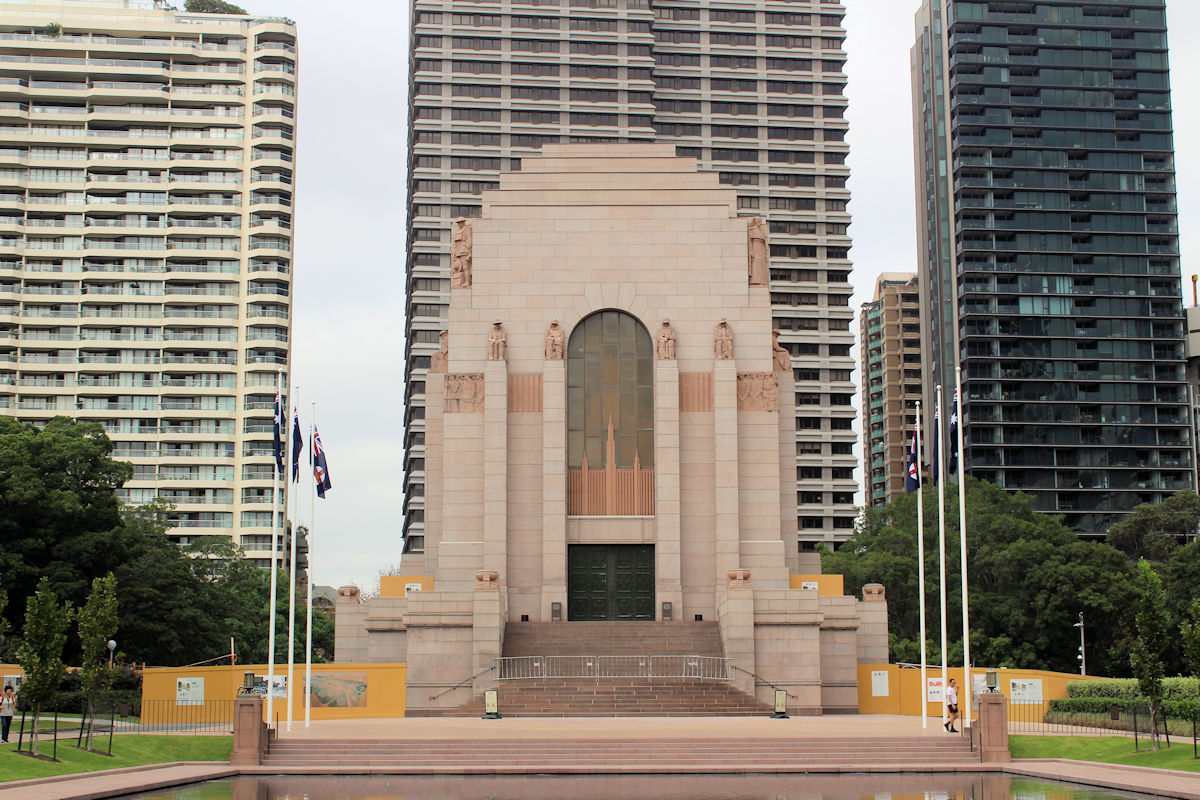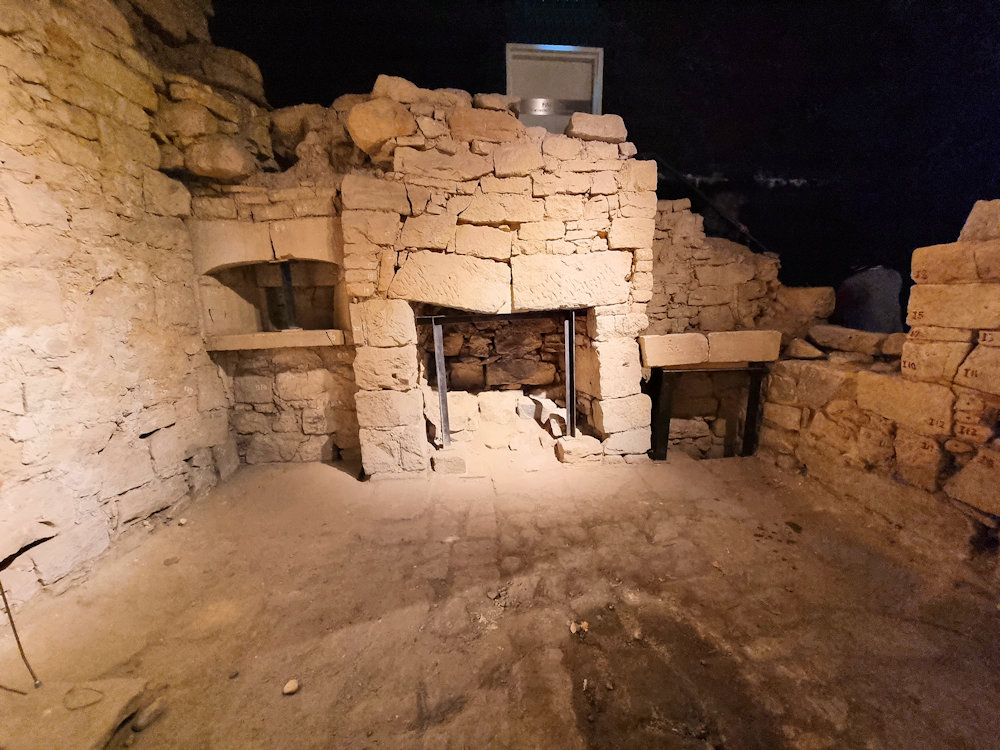Category: Sydney
-
ANZAC Memorial Sydney

ANZAC Memorial Hyde Park Sydney The ANZAC Memorial was built to commemorate the Australian Imperial Force of World War I. It is the focal point of the southern section of Hyde Park, along with the Pool of Reflection. On ANZAC Day and Remembrance Day, the memorial is the central focus of the ceremonies, so it can be… Read more
-
Sydney Heritage Fleet
Sydney Heritage Fleet Founded in 1965 as the “The Lady Hopetoun and Port Jackson Marine Steam Museum”, the Sydney Heritage Fleet operates 10 large and 55 small heritage vessels. Its 450 active volunteer workers conserve Australia’s maritime past, while preserving traditional technical methods and skills. Three (as of August 2024) vessels are currently being restored,… Read more
-
Parbury Ruins

Parbury Ruins Located on the corner of Pottinger and Windmill Streets in Millers Point, Sydney, the Parbury Ruins were uncovered during the construction of an apartment block. Once excavated and recorded by archaeologists, the developers modified their design to retain the ruins, preserving them. Access to the underground area is by appointment only, or during… Read more